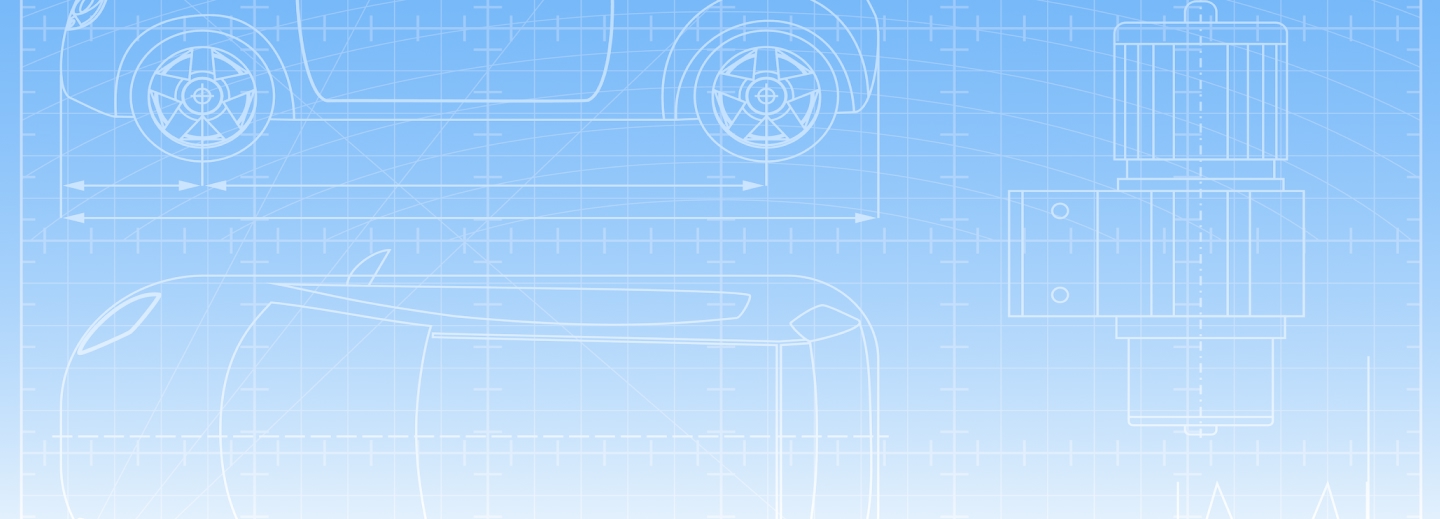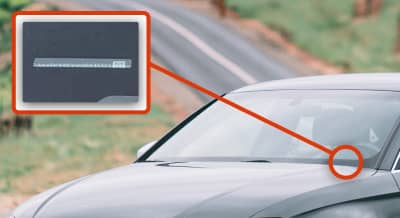


Lookup a Alfa Romeo Build Sheet
See original factory specs, options, and features for Alfa Romeo vehicles
If a Alfa Romeo build sheet isn't available, see if there is a Alfa Romeo window sticker.
Alfa Romeo Build Sheet
Looking for original factory specifications for your Alfa Romeo? A Alfa Romeo build sheet details the exact options, packages, paint codes, and drivetrain specs the vehicle carried as it rolled off the factory floor. Some automakers provide access to their build sheets at no cost. To make these build sheets easier to look up, iSeeCars created a Alfa Romeo Build Sheet tool: enter any Alfa Romeo VIN and, when an official build sheet is available, it appears instantly. If the automaker doesn't have one available, the tool searches for the availability of a window sticker which provides similar details to a build sheet.
How Do I Get a Free Alfa Romeo Build Sheet?

Find the Alfa Romeo vehicle's VIN number
You can typically find the VIN on the driver's side dashboard near the windshield or on the label inside the driver's door frame.

Enter the Alfa Romeo VIN
Enter the 17 alphanumeric VIN in the VIN box and click the "Look Up Build Sheet" button.

Get the Alfa Romeo build sheet
You will see a build sheet if there is one available. Download, save or print it.
Frequently Asked Questions
What is an Alfa Romeo Build Sheet?
A build sheet functions as a comprehensive record of each vehicle's factory configuration. Comparable to a genetic blueprint, it captures every component, option, and feature installed during assembly. Historically known in some circles as the "broadcast sheet," it was originally designed for assembly line efficiency. Multiple copies of this sheet travel with the car throughout production, with most of them discarded when vehicle assembly is completed. But one or two are usually left in the completed vehicle, typically concealed under carpets or lodged within seat springs.
Although build sheets were once used solely to guide manufacturing, owners and collectors now rely on them as a vital source of original specification info. In the world of classic and collectible Alfa Romeos, this can be the only verifiable documentation of how a car was configured when it left the factory. Over time, these records have shifted from assembly-line tools to indispensable resources for those who seek authenticity and an accurate historical snapshot of a vehicle's original configuration.
The History of Alfa Romeo Build Sheets
Older Alfa Romeo models' build sheets contain extensive data about factory-installed options, from trim packages to specific amenities. These details provide clues to the car's original appearance, including paint codes and interior trim codes, which are essential for restoration work. Engine and transmission details also appear, including engine size and type of gearbox.
These historical sheets sometimes include market-specific codes, reflecting Alfa Romeo's distinct U.S. requirements and other regional variations. They can also highlight custom factory orders, adding a layer of intrigue for collectors. Challenges abound when decoding older build sheets due to cryptic notations and codes that require specialized resources. Over time, certain codes were reused or phased out, making it vital to consult references or experienced enthusiasts for proper interpretation.
Have Alfa Romeo Build Sheets Changed in Format and Content Over Time?
Build sheet formats have shifted significantly in tandem with technological and manufacturing advancements. Early documents for the U.S. market often reflected a smaller-scale production model, with more personalized written notes and fewer standardized codes. As production expanded and became more systematized, typed or coded references gained prominence, enhancing efficiency and accuracy.
In the digital era, the documentation of build sheet data has grown increasingly accessible, especially for newer models. While owners of older cars may need to explore historical archives or enthusiast networks, newer vehicles often have readily available records through online portals. This transition underscores Alfa Romeo's progression from labor-intensive paper systems to today's streamlined, technology-driven databases, marking a significant evolution in how the brand preserves and shares its automotive heritage.
Decoding the Information in Modern Alfa Romeo Build Sheets
Contemporary Alfa Romeo build sheets continue to document each vehicle's manufacturing details, reflecting modern complexity and customer personalization. These sheets specify, among other elements: trim levels, such as the base Giulia or the performance-focused Quadrifoglio; engine types, including the 2.0L Turbo or 2.9L Twin-Turbo V6; and transmission data, whether a particular Alfa Romeo is outfitted with an 8-speed automatic or, more rarely, a manual transmission.
Current build sheets also include configuration data ranging from upholstery type--leather or Alcantara, for example--to the presence of sunroofs, unique wheel designs, and specialized packages like a Driver Assistance Package or Sport Package. Each option is typically listed alongside its code, allowing owners to confirm precisely which features were part of the vehicle's factory configuration. This level of detail has become more elaborate in recent years, mirroring modern consumer demand for technology-rich options and proof of distinct features.
How to Obtain an Alfa Romeo Build Sheet
Acquiring a historical Alfa Romeo build sheet can involve contacting the Alfa Romeo Documentation Centre in Italy, which preserves the brand's heritage records. Sending a request via email (centrodocumentazione@museoalfaromeo.com) or by phone (02.444.255.11) may yield specific production or delivery information, although some patience may be required during the research process. Online enthusiast forums can also prove invaluable, as members routinely share documentation or advice on how to track down missing records.
Modern Alfa Romeo owners, particularly those based in the U.S., can employ digital resources such as the iSeeCars Build Sheet by VIN tool. By providing the 17-digit Vehicle Identification Number, owners can find their vehicle's official factory configuration data in a matter of minutes.
Build Sheet vs. Window Sticker: Understanding the Key Differences
It can be easy to conflate the build sheet with the Monroney label, commonly called the window sticker. The build sheet serves as an internal factory resource, enumerating every element needed to assemble a vehicle. The window sticker, by contrast, is a legally mandated consumer document outlining the Manufacturer's Suggested Retail Price (MSRP), standard and optional features, fuel economy, and safety ratings.
Where a build sheet showcases codes, internal references, and parts lists, the window sticker features pricing, trim level details, and any included packages. Window stickers are easier to attain than the build sheet because they must be displayed on every new vehicle for sale in the U.S. However, the window sticker lacks the exhaustive insight found on the build sheet, making the latter far more informative for anyone invested in a car's precise configuration and manufacturing lineage.
The Value and Utility of an Alfa Romeo Build Sheet
Build sheets hold considerable worth, especially for Alfa Romeo owners and enthusiasts. These documents clarify original configurations, which can be critical for maintenance or repairs requiring specific engine or transmission components. They also help owners determine if a vehicle has undergone modifications that might affect performance or valuation.
In collector circles, build sheets are regarded as confirmation of a vehicle's authenticity. They become vital when verifying if a car retains its factory-intended equipment or if it has been significantly altered. For restoration work, the build sheet can serve as an authoritative roadmap, enabling aficionados to match paint colors, upholstery, and mechanical specifications. Even casual admirers benefit from understanding a car's factory heritage, and for limited-production models with rare options, the build sheet can notably enhance a vehicle's standing in the collector market.
Reading and Decoding Your Alfa Romeo Build Sheet
Historical and modern build sheets can appear cryptic, but online enthusiast communities maintain lists of color, trim, and option codes that demystify these entries. While older sheets may rely more heavily on concise alpha-numeric markings, modern sheets often pair such codes with descriptive annotations. This evolution has made the decoding process less daunting for current owners.
It's worth noting that the definition of certain codes can change, depending on the vehicle's year of production. Early records occasionally show handwritten or unique factory notations that require additional research. Because of these inconsistencies, enthusiasts frequently advise consulting multiple references, especially when uncovering unusual or custom factory options. Ultimately, patience and thorough research will reveal a vehicle's original story, giving owners a fuller picture of how their Alfa Romeo was first conceived.






